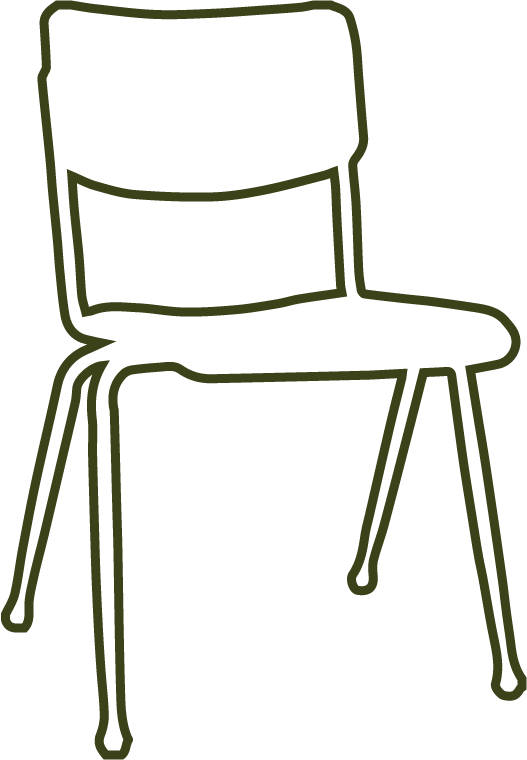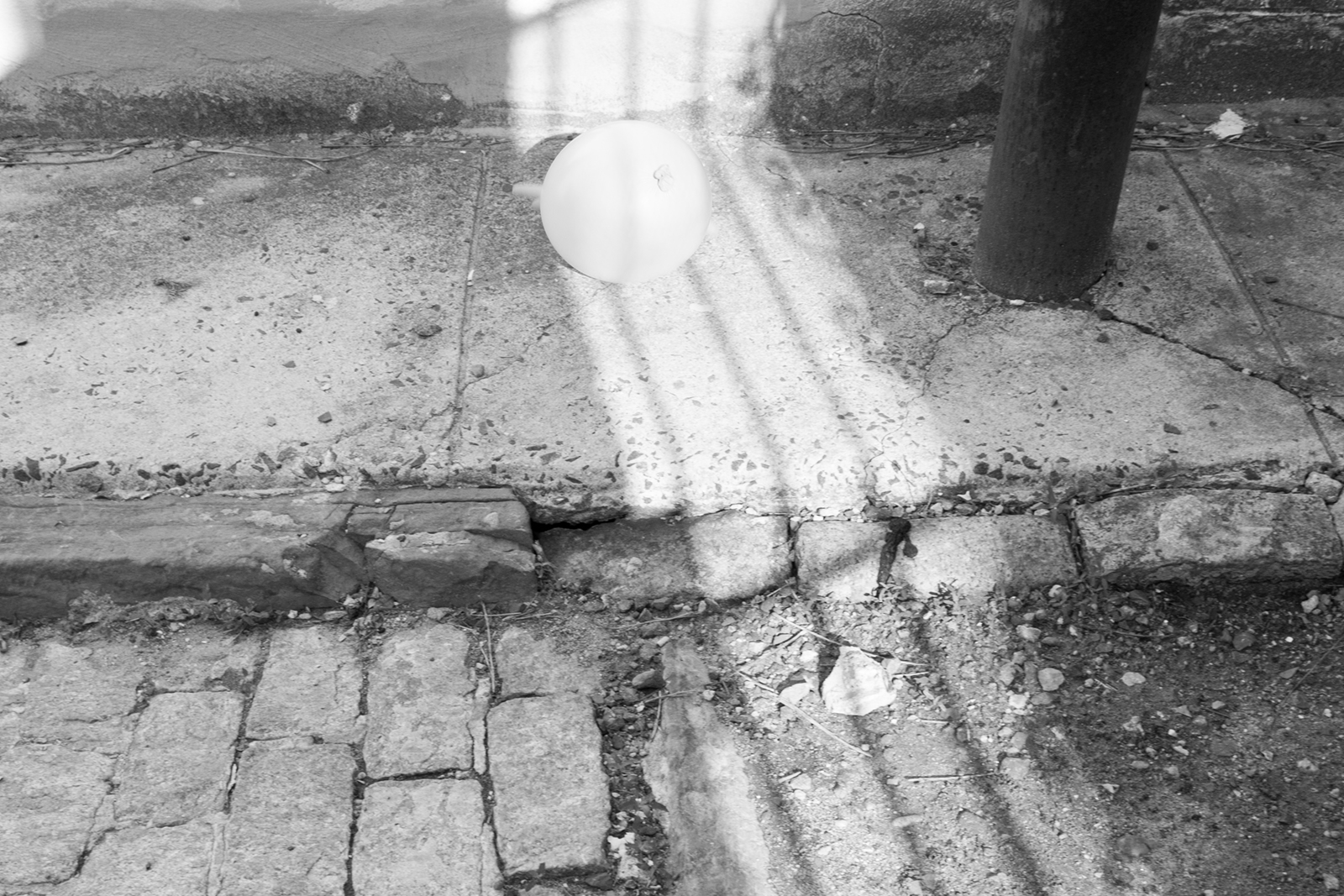Kevin: Jody’s description of “access as a process of reassembling” puts me in mind of the work of anthropologist Kathleen Stewart, who, in Ordinary Affects, attempts to capture the slow ooze, a “dragging undertow” of affective contemporary experience. Stewart borrows from Raymond Williams’s formulation of “structures of feeling” to find forms of life woven in and through everyday moments. The ordinary has “the quality of a continual motion of relations, scenes, contingencies, and emergences,” Stewart writes. Ordinary affects are “things that happen.”Kathleen Stewart, Ordinary Affects (Durham, North Carolina: Duke University Press, 2007, 2.
To register affective “contact zones” for analysis, Stewart writes in the third person: “I call myself ‘she’ to mark the difference between this writerly identity and the kind of subject that arises as a daydream of simple presence.”Stewart,Ordinary Affects, 5. In so doing, the researcher-subject is not so much in pursuit of anything more definitive than herself as a point of contact. She looks, waits, performs, imagines. Ultimately, she suggests what a scene might offer.
I experiment.
He experiments.
His family moved to Tokyo from New Jersey when he was five. One night, there was an earthquake. It was either the offshore Sanriku earthquake in December of 1994 or the Kobe earthquake of January 1995. With his family members, he took turns sitting in a recliner chair in their living room because the springs in the seat transferred the dull shaking they couldn’t feel standing around. He remembers thinking that they should get under the tables like he practiced at school, but no one sensed the urgency like he did. He hadn’t grasped yet that danger could have gradients. That’s not what the drills at school were designed to convey, anyway.
Developmental psychologists say that a number of crucial things begin to happen between the ages of five and six for neurotypical children like this one. The child will learn to reason, follow rules, and be fair. He will begin to understand space and time, color, sorting and organization. He will be able to tell a story. He may begin to have organized, continuous memories. But all that we do not know: How does something like an earthquake shake up what the child knows? What do the chancy adventures in a foreign city do to who he later became?
His mother was reading him a bedtime story on the couch. She had just eaten a banana. With a flare of whimsy that was impressive for the working mother wrangling two young kids in a foreign city, she asked how fast he could run to the trashcan and back before she started the story. He made it to the kitchen. He remembers turning the corner on his way back. And then he remembers sitting on the counter some moments later with blood coming down his face.
He had tripped somewhere down the final stretch. His big toe might have snagged on the carpet and his face went crashing into the corner of the coffee table. His eyebrow had split open. Later he was told that if he had tripped on a piece of the carpet inches away, it would have been his eye itself, not the brow.
The self unstable. More disabled.
His mom likes to tell the story of him on the way to the emergency room. He asked whether he looked like a football player. He turned to his mom with cautious glee and asked, “Isn’t this a little exciting?”
There was a decision to be made about the cut. The doctors could stitch it up and he would lose most of the eyebrow, or they could put what’s called “butterfly bandage” over it, which is a small adhesive strip that stretches over a thin laceration to hold it together. Stitches would ensure a clean and fast healing process but with more scarring. A butterfly bandage would mean less scarring, but also less certainty that he wouldn’t accidentally open the wound again, which was already on a fairly active part of the face. His mom wanted him to have an eyebrow. He got the butterfly bandage.
Twenty years later as he reads and writes, he rubs his fingers over his scarred eyebrow, where there is a thin line of hair missing. This is not a conscious habit, just a repetitive motion while he’s thinking. But when he remembers the scar he pauses to think how it must look: twenty years later and he’s still feeling to see if it’s healed.
Who is the child with a butterfly bandage? This question is less important than the ordinary affects this scene tells of. Disability is an apparitional affect outside of its identity formation. That is, we know something about disability even when it is not an identity we inhabit. Disability Studies has long insisted on the universality of “temporary able-bodiedness.” In recent years, disability scholars, dissatisfied with being treated as the youngest kid on the identity politics block, have made the case that disability urges us to reconsider all identity formations as more mutable than we allow. In “The End of Identity Politics,” for example, Lennard Davis writes, “What we are discussing is the instability of the category of disability as a subset of the instability of identity in a postmodern era.” If identity politics rely on a legible distinction between who does and does not occupy certain subjectivities, disability is that which cannot be made to function in a system of exclusion. “Rather than ignore the unstable nature of disability,” Davis continues, “rather than try to fix it, we should amplify that quality.”Davis, “End of Identity Politics,” 26. A “dismodernist” identity politics, beyond a postmodern one.
Lingering in the fracture, the broken.
Imagining a crip identification, despite the fear that privilege will flood a minority category and displace our sensitivity to differentially distributed power: Can the child with the butterfly bandage be said to have registered a crip moment?
Robert McRuer inaugurated what he calls “crip theory” by leveling unlikely identifications at the heart of how an orientation to disability might be a necessary strategy to resist neoliberalism’s mishandling of marginalized subjects. After describing the ordinary affects of his partner, he asks readers to imagine their crip identification:
Crip theory might function as a body of thought, or as thought about bodies, that allows for assertions like the following: if it’s not even conceivable for you to identify as or with Brazilian, gay, immigrant workers with multiple sclerosis, then you’re not yet attending to how bodies and spaces are being materialized in the cultures of upward redistribution we currently inhabit. McRuer, Crip Theory, 76.
To be injured or to be diseased is not to be disabled. But it does mean that one must reckon with how disability makes a productive problem for ideologies of ability that make able-bodiedness seem invisible, natural or normal. One experiences the stakes of disability whether or not one is disabled. Crip moments abound, exposing able-bodiedness as fragile, tentative, and ultimately impossible.
What the critical impulse needs is some attunement to the new experience of a laceration, a way of letting the body (of thought) heal into its new state.The butterfly bandage is an epistemological as well as experiential frame. The butterfly suture incorporates repair and precarity into dynamic balance. Stitches provide certainty that a wound won’t open, but only by making more incisions. The butterfly suture never promises certainty that the wound won’t open again, but it’s not as if healing is less important. The butterfly bandage keeps things delicate. The butterfly itself suggests a certain gentleness and sensitivity. It encourages you to check your wound often, to make sure things are progressing okay.
As Bruno Latour says, critique as the humanistic modus operandi has “run out of steam,”Bruno Latour, “Why Has Critique Run Out of Steam? From Matters of Fact to Matters of Concern,” Critical Inquiry 30, 2 (Winter 2004), 225-248. because its openings require too many punctures. Strong interventions have tradeoffs. The repair one enacts when announcing that “excluded here is any account of X” is fleeting and unsustainable. What the critical impulse needs is some attunement to the new experience of a laceration, a way of letting the body (of thought) heal into its new state.

